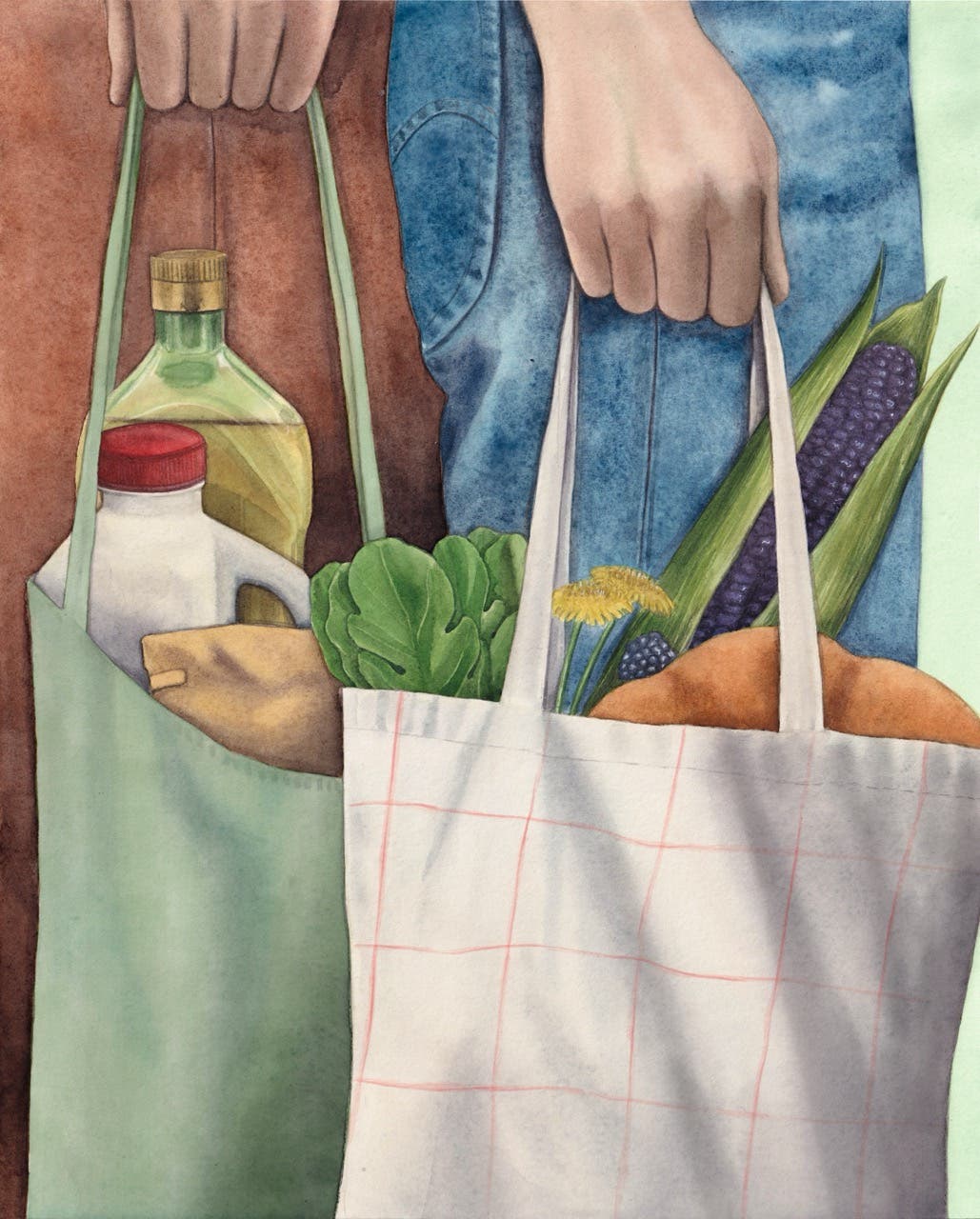
Chuck Wagon Cooking
It's easy to relegate chuck wagons, those enduring symbols of the hoary Old West, to a historical footnote in the story of Texas cuisine, but if you ask me, that would be doing them a disservice. Those rudimentary mobile kitchens of the open range, not to mention the colorful characters who knew how to use them, represent everything I love about the way Texans cook and eat: the gusto, the communal spirit, the bold flavors, the knack for making the most of the ingredients and tools that were at hand.
Before the Texas cattleman Charles Goodnight constructed the first chuck wagon, in 1866, cowboys carried food in saddlebags and cooked it themselves over a campfire. On longer journeys, supplies were packed in a wood cabinet, known as a chuck box, that was strapped to a mule. (Chuck is an old English word that originally referred, as it does today, to the cheap cut of beef; for cowboys, it was slang for food.)
After the Civil War, enterprising ranchers like Goodnight began organizing crews to round up the thousands of longhorn cattle that had escaped or been set free by war-bound ranchers. He also devised a more efficient way of feeding his crew on the long trail drives: on the back of a wagon, Goodnight mounted a chuck box. It had a hinged door that folded down to serve as a work surface with drawers for utensils, as well as another storage space, called the boot, that carried dutch ovens and iron skillets. Under the wagon, a cowhide or canvas sling held wood and dried dung to fuel the cooking fires. Goodnight's design became a cattle industry standard, and by the mid-1880s, chuck wagons were being built by both individual wagon wrights and big wagon-building companies like the South Bend, Indiana-based Studebaker.
Chuck wagon cooks were often over-the-hill cowboys who signed on for the job when they were no longer fit to punch cattle. They answered to such nicknames as biscuit shooter, bean master, belly cheater, and pot rustler, but the best of them earned the respect of the crew, fulfilling the role not just of provisioner and cook but also, often, of medic, banker, mediator, and confidant. "He had no butter and eggs . . . but he understood his business of preparing good, substantial grub for ravenous appetites," writes Ramon F. Adams in Come an' Get It: The Story of the Old Cowboy Cook (University of Oklahoma Press, 1952), a literary history of chuck wagon cooks. "As long as he could prepare sizzling steaks, concoct a stew, cook the beans so they wouldn't rattle in the tin plates, build sourdough biscuits, and boil coffee until it was plenty strong, he could qualify as a cook."
The fare was simple, tasty, and hearty. Protein came from preserved salt pork and wild game caught along the way, but the real belly fillers were pinto beans accompanied by quick-rising sourdough biscuits and, if the cowboys were lucky, a preserved-fruit cobbler for dessert. It wasn't every day that cowboys on the trail ate beef; every head of cattle brought profits at the end of a trail drive, so only an injured steer or another herd's stray would be butchered. When that happened, steaks were fried in skillets over an open fire, and pot roasts were braised in a dutch oven heated atop hot coals, as was "son-of-a-bitch stew", a chuck wagon standby made from a cow's liver, kidneys, and other innards.
By the late 1880s, the westward expansion of the railroads, which could transport live cattle, put an end to the trail drives. The era of the chuck wagon came to a close. Some of the old wagons have survived and been lovingly restored by enthusiasts who have sparked a revival of interest in this venerated style of cooking. Every year, modern-day cowboys travel around Texas to attend chuck wagon rallies and cook-offs, where they prepare the kind of dishes that sustained their forebears out on the range.
I've been to a few such events, where I've marveled at the ingenious design of those simple wagons and laughed with wisecracking cooks. And I've eaten darned well while I was at it. But it's more than nostalgia that draws me to those gatherings. It's the joy of experiencing the ever present camaraderie and inspired resourcefulness of real Texas cooks, which live on so vividly in Texas kitchens today.
Keep Reading
Continue to Next Story










